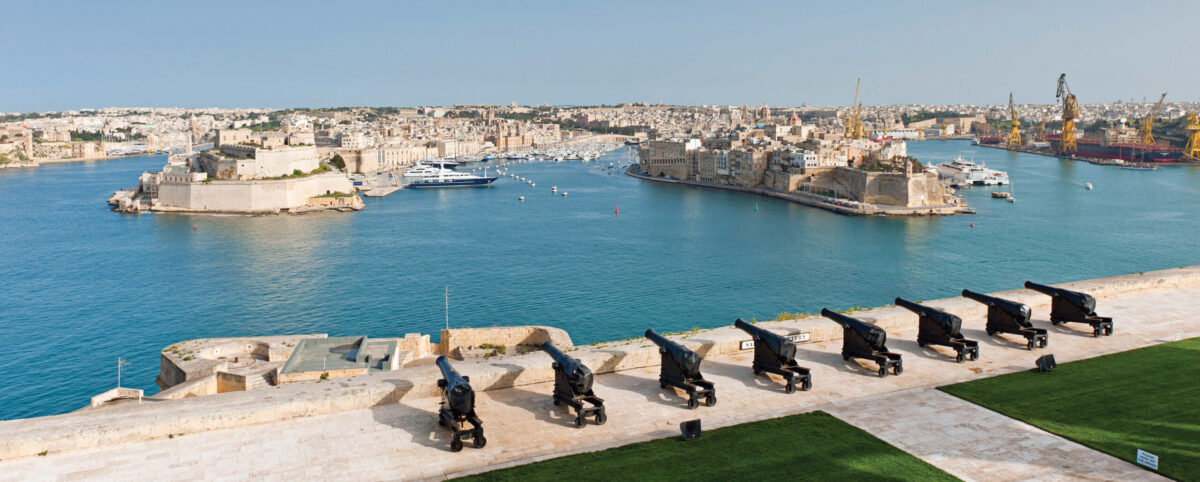For generations of British servicemen, the Mediterranean island of Malta came to be known as a place of “yells, bells, and smells,” and for good reason. Street hawkers loudly peddled their wares, and there always seemed to be a local festa somewhere, accompanied by booming fireworks and the ringing of parish church bells. During the often unbearably hot and dusty summers, one routinely encountered herds of shoats (supposedly a sheep-goat hybrid), horse- and donkey-drawn carts, and numerous stray cats and dogs. The mess such creatures left behind worsened after festering in the summer sun, making it a hazardous undertaking to negotiate the island’s narrow streets.
My mother was Maltese. She married my father, who was in the Royal Navy, in 1955. I was born over a year later. My early memories are of 1960s Malta, a very different place from the island today. There was a very noticeable British military presence then, but that had changed by the 1980s. The island had also begun to undergo massive redevelopment, slowly at first, and then with startling rapidity. As in times past, the roads can still be difficult to negotiate, but now it is because of traffic congestion. And while much of the original architecture remains—not least the magnificent Baroque churches—entire streets have been transformed elsewhere, with traditional balconied homes, none of them alike, having been replaced by characterless high-rise apartment blocks. Those who desire the hustle and bustle of the new Malta will not be disappointed. The capital city, Valletta, is always busy and provides an eclectic choice of tourist sites, shops, restaurants, and bars.
In the early 1800s, after the British ousted a French occupation force, Malta became part of the British Empire. It soon became a popular posting for the armed forces, with Grand Harbour providing a natural deep-water port for the Royal Navy’s warships. In the 20th century, British army battalions were based at various locations around the island, while the Royal Air Force (RAF) maintained a modest presence at Luqa, today’s International Airport, in central Malta.
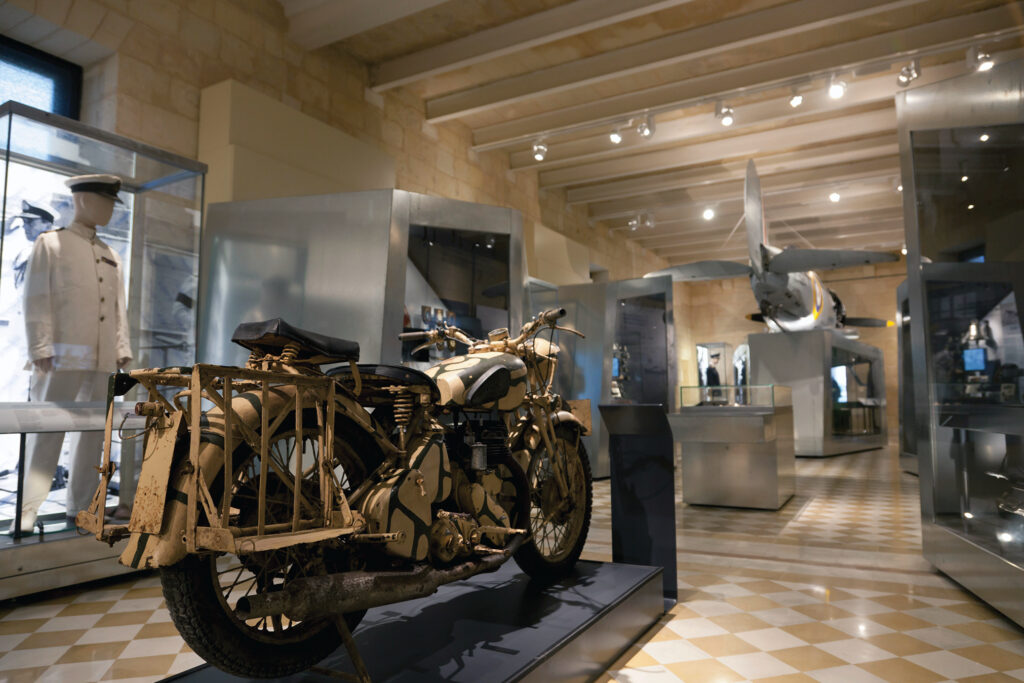
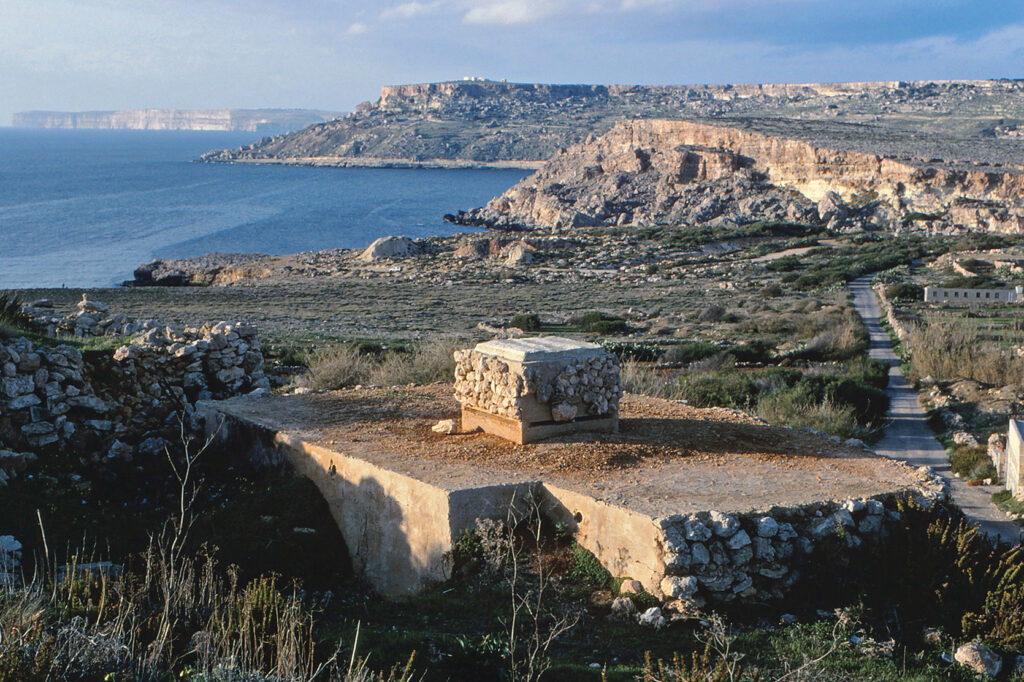
Being part of the British Empire had its benefits, but it was also not without its perils. When Britain declared war on Germany in 1939, hostilities were initially confined mainly to northern Europe and the Atlantic Ocean. But on June 10, 1940, Italy joined Germany in the war against Britain and France. At dawn the very next day, units of the Italian air force, the Regia Aeronautica, commenced operations against Malta. At the time, Malta’s fighter force consisted of no more than four Gloster Sea Gladiator biplanes, acquired from the Royal Navy by the RAF. These planes and a half-dozen pilots were hastily formed into a Fighter Flight. Opposing them from bases in Sicily was a variety of Italian aircraft of 2a Squadra Aerea, including Fiat CR.42 and Macchi C.200 fighters.
In January 1941, units of the Luftwaffe joined the Italian effort to neutralize Malta as an effective Allied base. As the war continued, Malta received steady reinforcements of British troops, antiaircraft guns, and Hawker Hurricane fighters. The RAF included volunteers from South Africa, Rhodesia, and the United States, as well as pilots and aircrews from the air forces of Australia, New Zealand, and Canada. From Malta, fighters and bombers, together with warships and submarines, struck at Axis Mediterranean supply convoys, presenting a very serious threat to Italo-German forces in North Africa.
In March 1942, the first Supermarine Spitfire Mk Vs landed on Malta. These new fighters quickly made their presence felt. In the hands of an experienced pilot, the Spitfire V was a formidable machine, with the speed and maneuverability to take on the latest Messerschmitt Me-109F fighter and the necessary firepower to destroy the Junkers Ju-88 bomber.
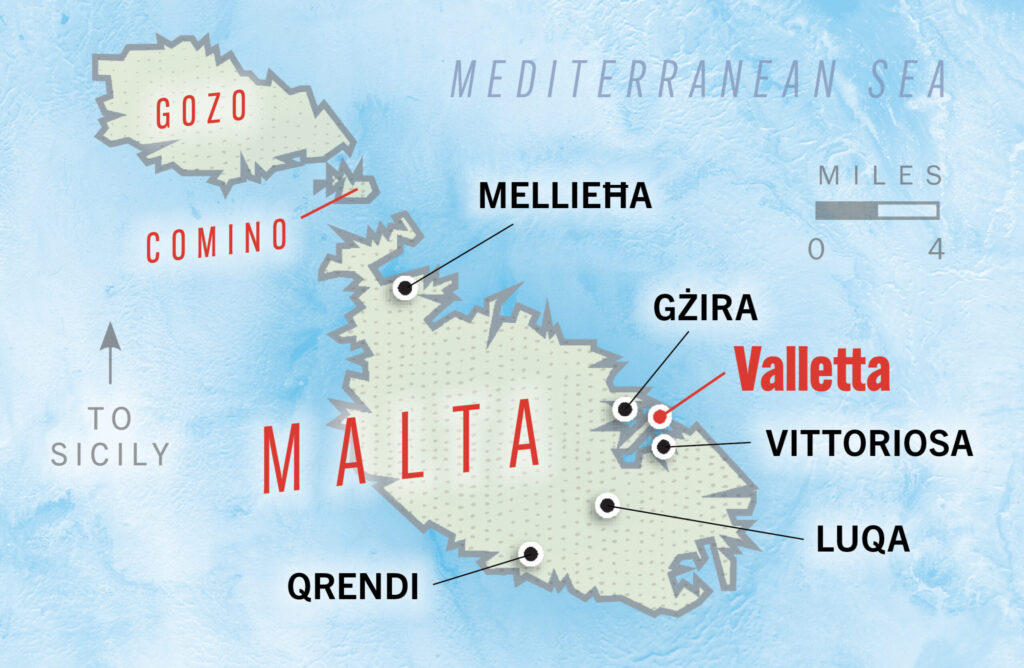
Throughout its ordeal, Malta continued to receive supplies by sea, but at heavy cost to the Merchant Navy and escorting warships and their crews. The islanders endured well over 3,000 air alerts. More than 1,500 people lost their lives and many more were injured. Malta held out and emerged undefeated and triumphant following the failure of the final Axis air offensive at the end of October 1942. Britain continued its long military association with the island until withdrawing its remaining units in 1979.
Today, Malta has a number of museums devoted wholly or in part to its role in World War II. The National War Museum is the oldest of these and owes its origins to a group of dedicated enthusiasts who opened an exhibition at Valletta’s Fort St. Elmo in May 1975. This led to the inauguration of the National War Museum in 1979.
I was more than familiar with the original museum prior to 2015, when it moved from Lower St. Elmo to elsewhere within the fort. Today it covers all eras of Malta’s military history. On a recent visit I sought out several of the museum’s World War II displays, including the George Cross that King George VI awarded to the island on April 15, 1942, at the height of the Battle of Malta. The restored fuselage of the only surviving Malta Gladiator (N5520, known as Faith) is positioned a little too high to be fully appreciated, but a Willys Jeep has a prominent place in a spacious setting. General Dwight D. Eisenhower used the vehicle when he was in Malta to prepare for Operation Husky—the Allied invasion of Sicily—after which it was presented to Air Vice Marshal Sir Keith Park, Air Officer Commanding (AOC) Malta. The jeep later transported President Franklin D. Roosevelt when he visited the island in December 1943.
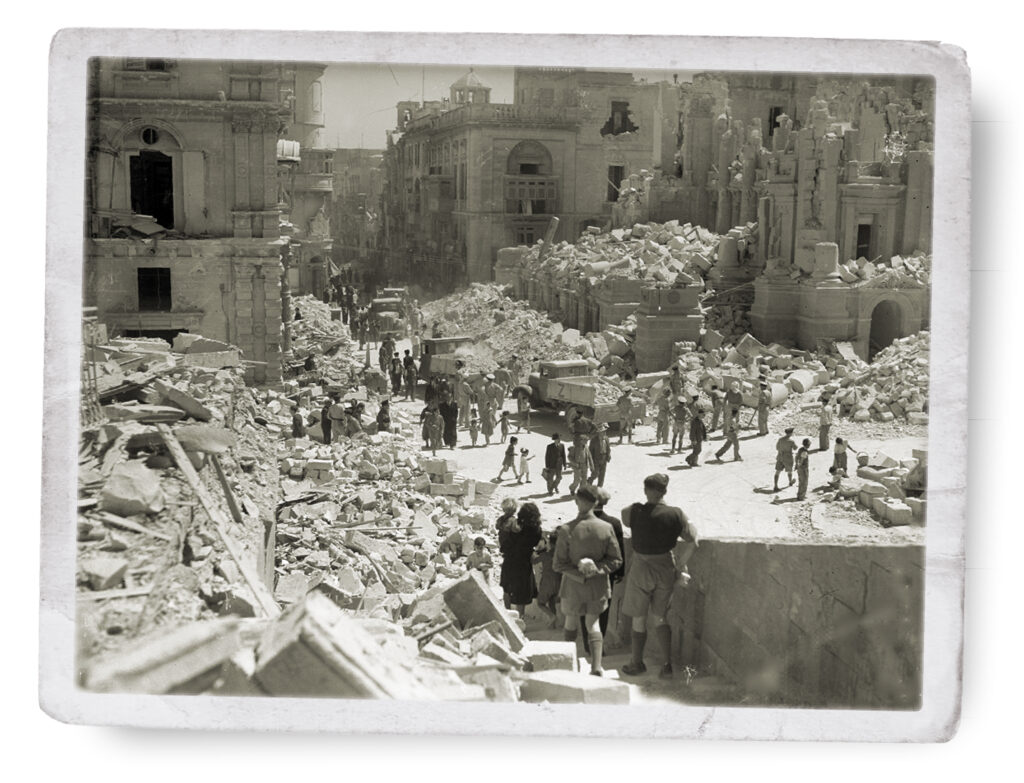
Other World War II sites include the Malta at War Museum, the War Headquarters Tunnels, and the Lascaris War Rooms. The Malta at War Museum is in a former wartime police station at Couvre Porte, Birgu (also called Vittoriosa). I visited it for the first time in February 2023 and was pleasantly surprised with the variety, quality, and arrangement of the exhibits. As at the National War Museum, video displays with wartime footage provide a glimpse into what life was like in wartime Malta, and there is a fine collection of weapons, medals, and other artifacts. Across Grand Harbour, and underneath the capital city of Valletta, are the Lascaris War Rooms and War Headquarters Tunnels. This vast underground complex includes operations rooms and offices used from 1940–1942 as a bombproof command and control center for the three services, which later in the war expanded and served as an operations hub for the Sicily invasion. A visit timed for one of the twice-daily tours is highly recommended.
I also revisited the Malta Aviation Museum, which displays World War II aircraft and post-1945 fixed-wing and rotary machines. The museum opened in April 1996 at what was RAF station Takali (Ta’ Qali). A main focus has been the restoration and display of historic aircraft. The first such venture was rebuilding a Spitfire Mk IX—a later variant of the Spitfire V flown during the Battle of Malta. Another undertaking was the reconstruction of a Hurricane Mk II, which was recovered 54 years after it crashed off the island’s south coast on July 4, 1941, with the loss of its RAF pilot, Sergeant Thomas Hackston. The latest and most ambitious project to date is the construction of an airworthy Gladiator being undertaken by David Polidano, son of one of the museum founders. It will be a lengthy and costly process, incorporating original Gladiator parts and components manufactured locally and as far away as New Zealand.
As a youngster growing up in Malta, I was accustomed to living with reminders of World War II. They were all around. I hardly noticed the many bomb sites. Our playgrounds were air raid shelters and abandoned forts, beach posts, and gun positions. Today, such shelters are either closed to the public or have been turned into pay-as-you-enter tourist attractions. One such shelter is located in the village of Mellieħa, and another at Couvre Porte, Vittoriosa. Visitors can explore some beach and defense posts, as well as gun positions. At the height of the battle in May 1942, there were 112 heavy anti-aircraft (HAA) guns at 31 sites, and 136 Bofors gun positions. Three of four HAA gun emplacements remain near the entrance to Fort Manoel on Manoel Island, near the town of Gżira. You can find another well-preserved gun position southwest of the village of Qrendi, on farmland accessible via a lane off Triq ta’ Ħassajeq, shortly before it joins Triq Ħaġar Qim—but do ask the farmer before entering his property.

